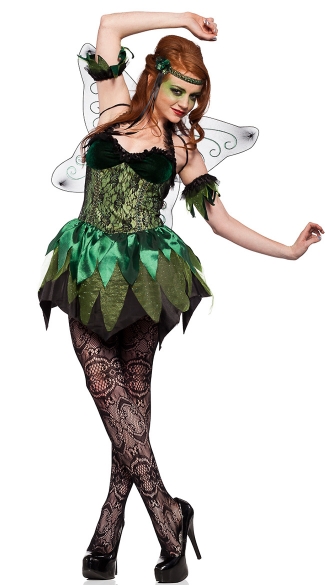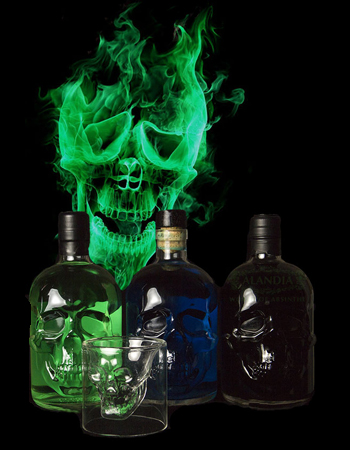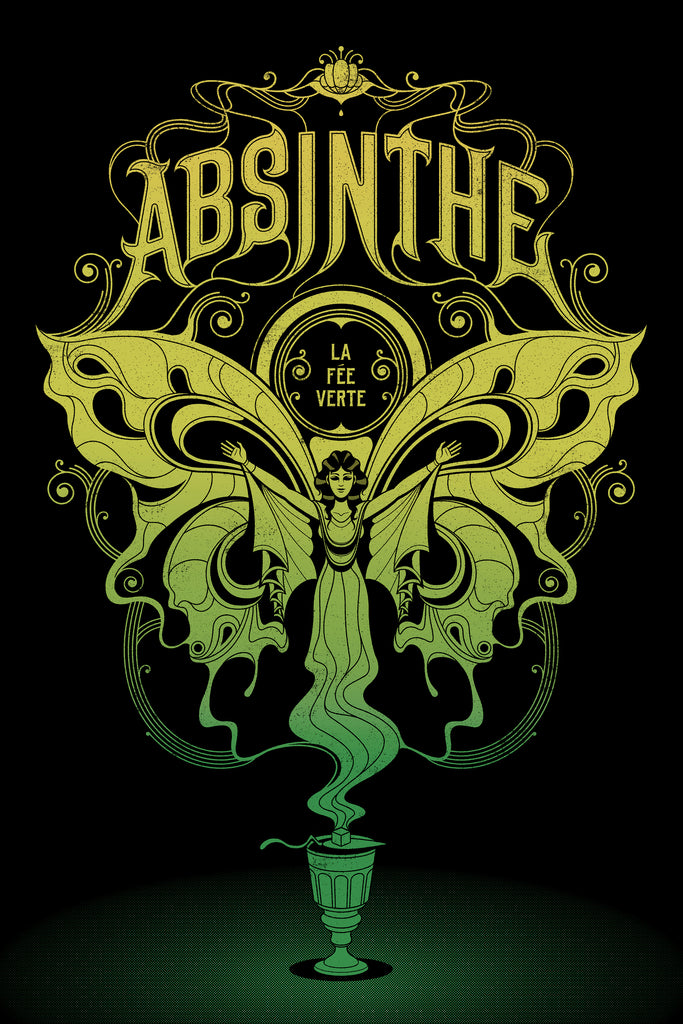

Contemporary analysis indicates that the chemical thujone in wormwood was present in such minute quantities in properly distilled absinthe as to cause little psychoactive effect.

But this was an aperitif capable of creating blackouts, pass-outs, hallucinations and bizarre behaviour. Its licorice flavor derived from fennel and anise. Dozens of artists took as their subjects absinthe drinkers and the ritual paraphernalia: a glass, slotted spoon, sugar cubes – sugar softened the bitter bite of cheaper brands – and fountains dripping cold water to dilute the liquor.Ībsinthe was, at its conception, not unlike other medicinal herbal preparations (vermouth, the German word for wormwood, among them). It shaped Symbolism, Surrealism, Modernism, Impressionism, Post-Impressionism and Cubism. Absinthe solidified or destroyed friendships, and created visions and dream-like states that filtered into artistic work. During the Belle Époque, the Green Fairy – nicknamed after its distinctive colour – was the drink of choice for so many writers and artists in Paris that five o’clock was known as the Green Hour, a happy hour when cafes filled with drinkers sitting with glasses of the verdant liquor. The spirit was a muse extraordinaire from 1859, when Édouard Manet’s The Absinthe Drinker shocked the annual Salon de Paris, to 1914, when Pablo Picasso created his painted bronze sculpture, The Glass of Absinthe.

It’s hard to overstate absinthe’s cultural impact – or imagine a contemporary equivalent. That is where the legendary aromatic drink that came to symbolise decadence was invented in the late 18th Century. Arthur Rimbaud called absinthe the “sagebrush of the glaciers” because a key ingredient, the bitter-tasting herb Artemisia absinthium or wormwood, is plentiful in the icy Val-de-Travers region of Switzerland.


 0 kommentar(er)
0 kommentar(er)
